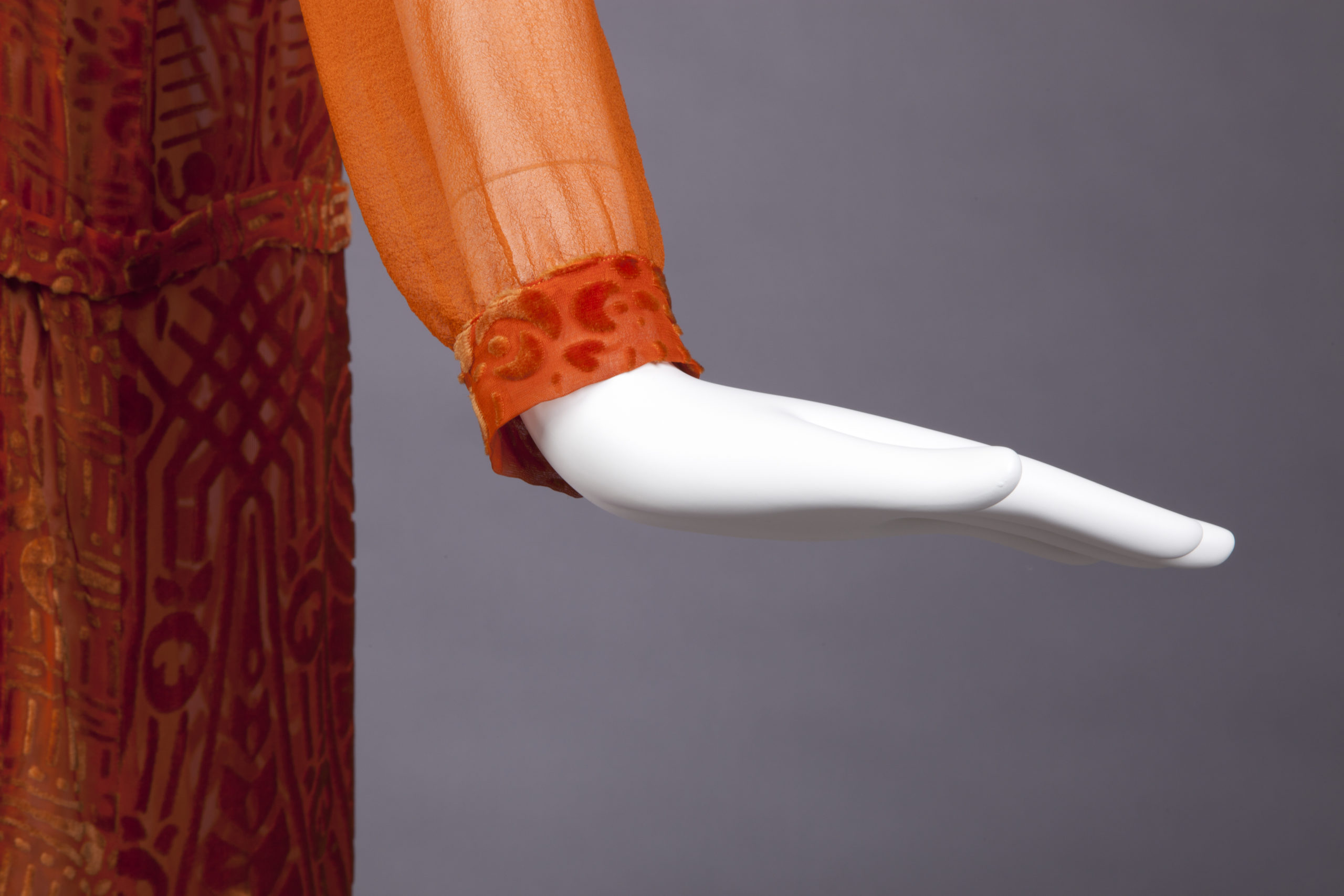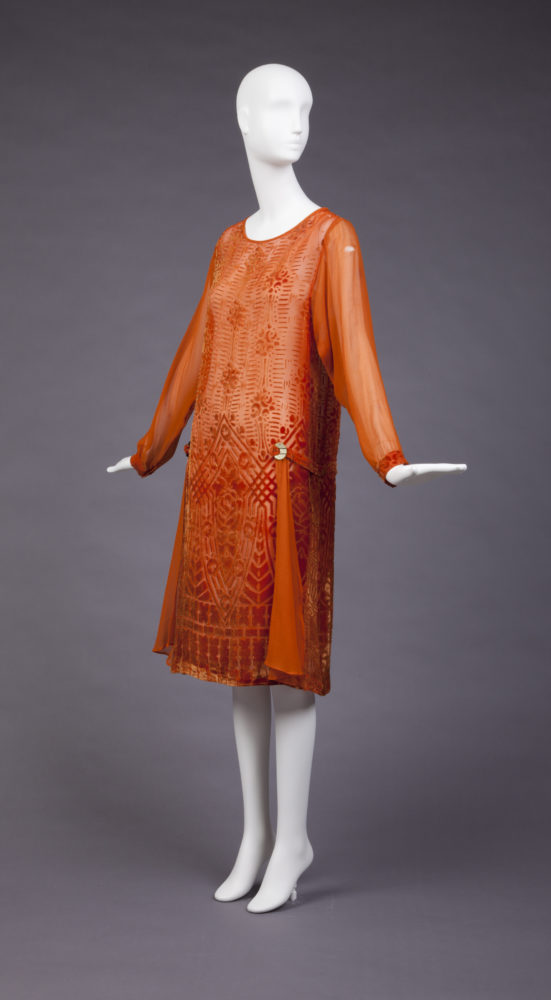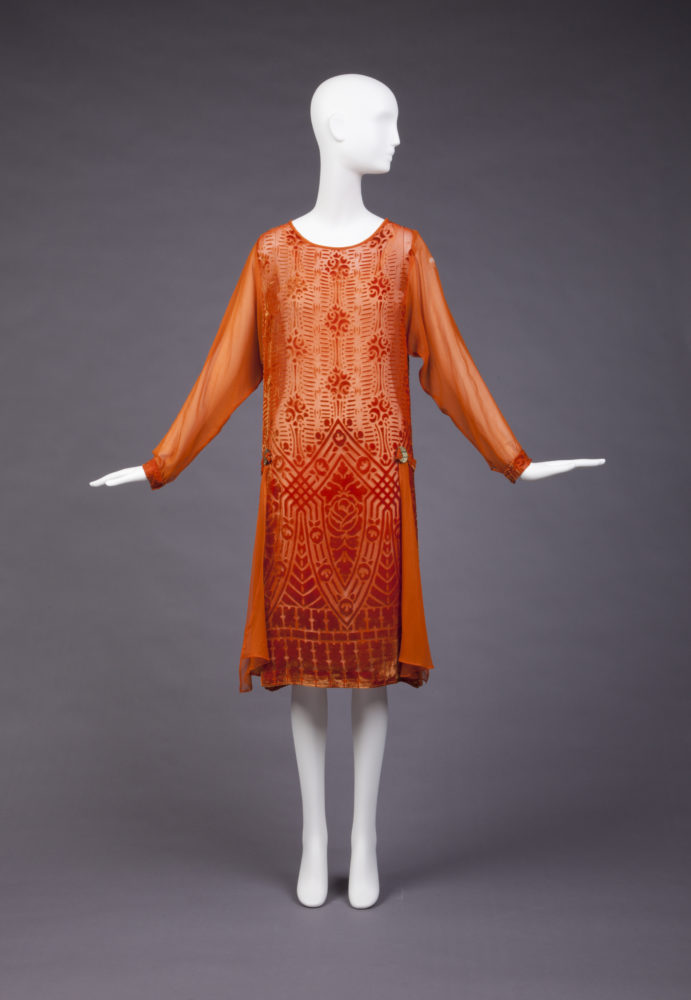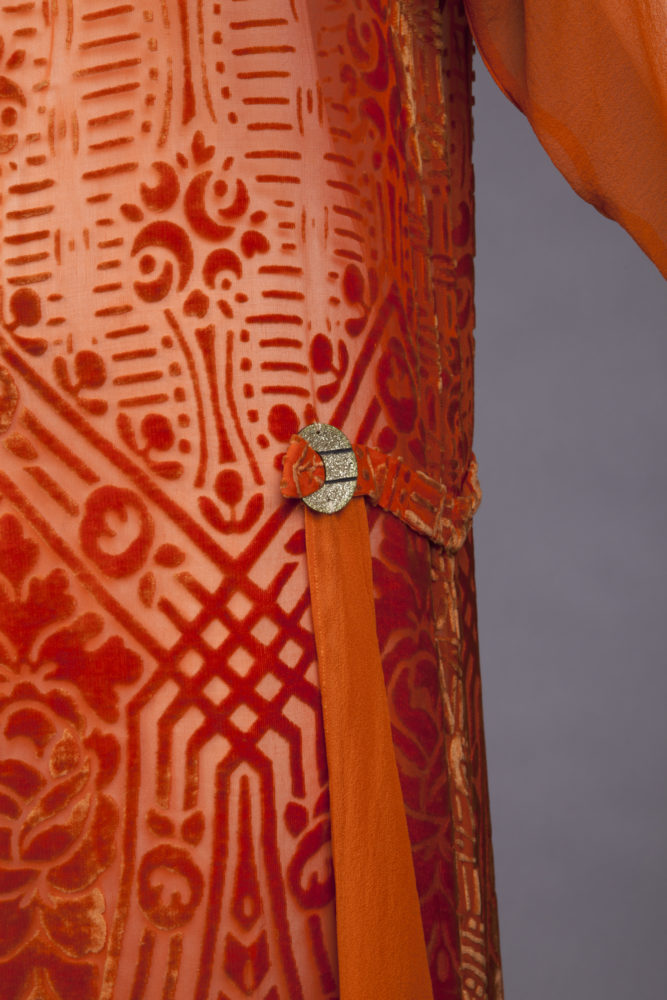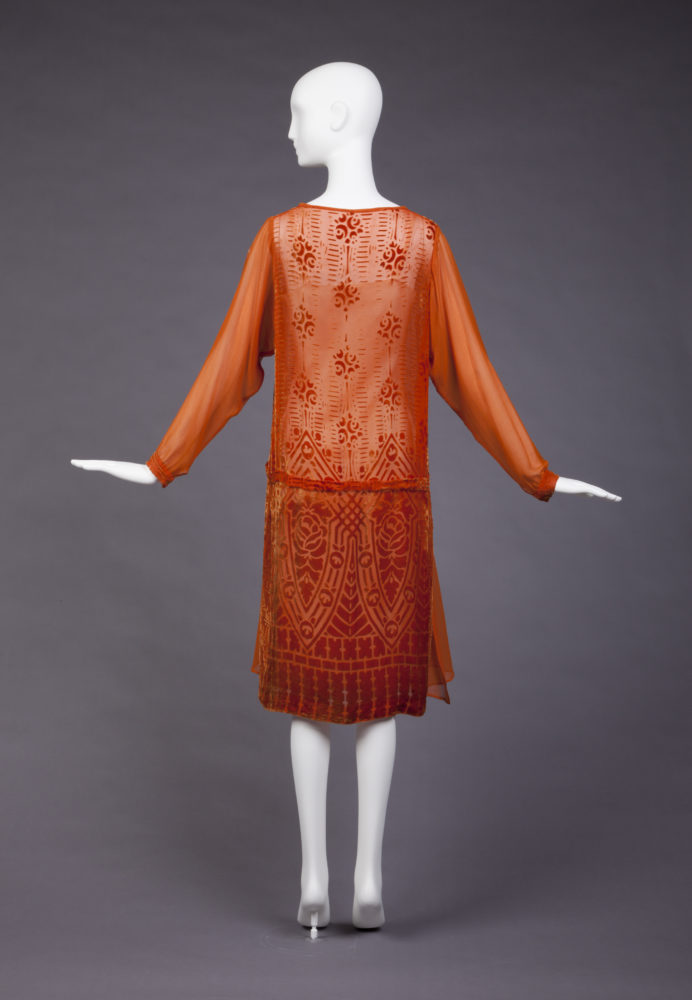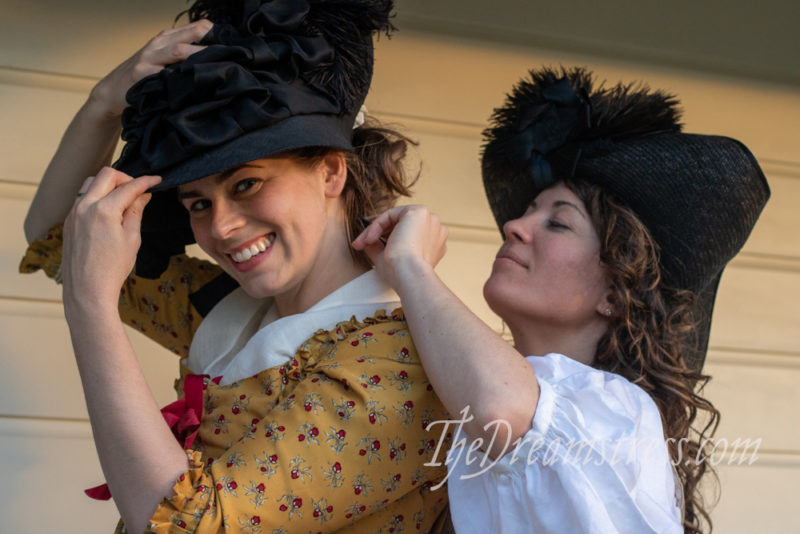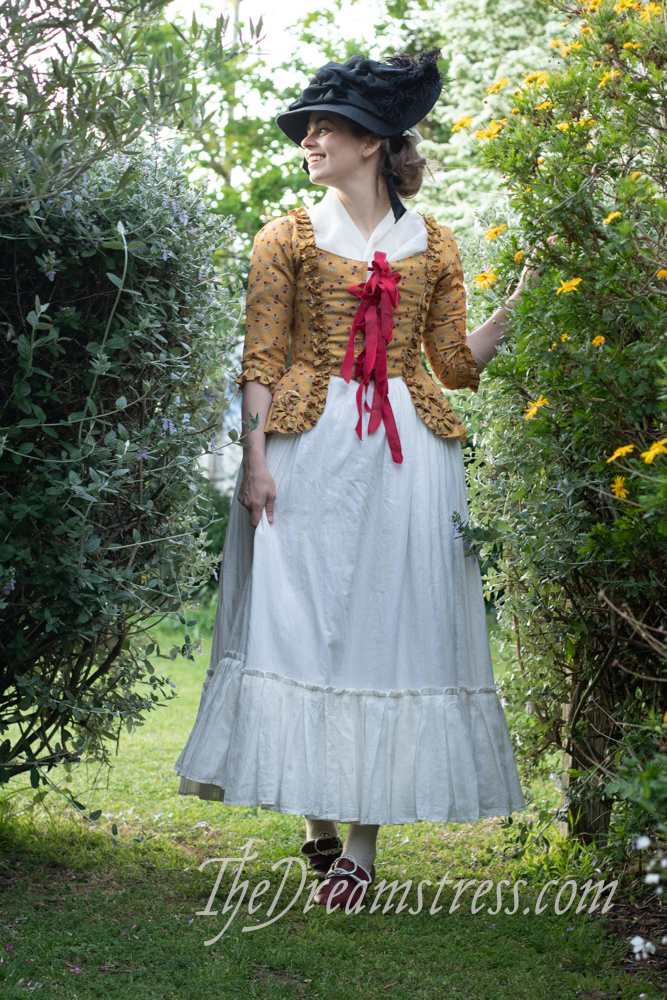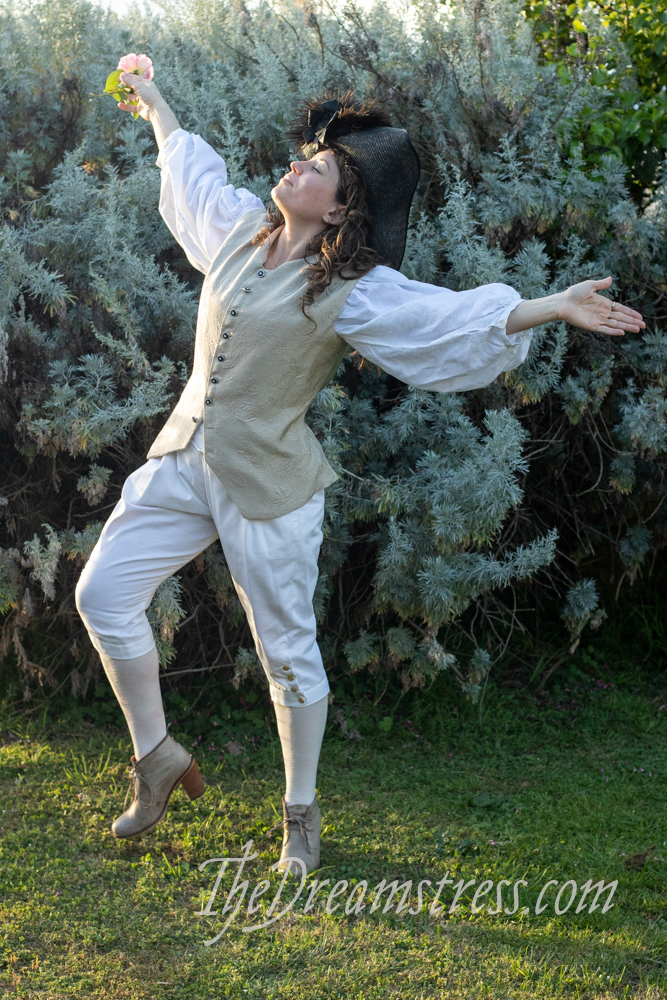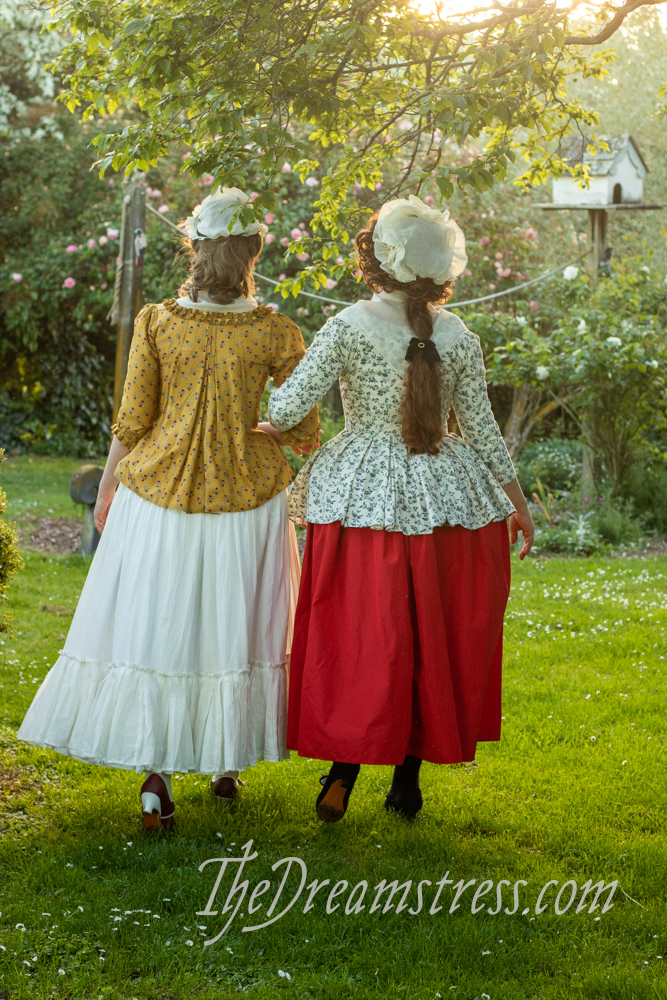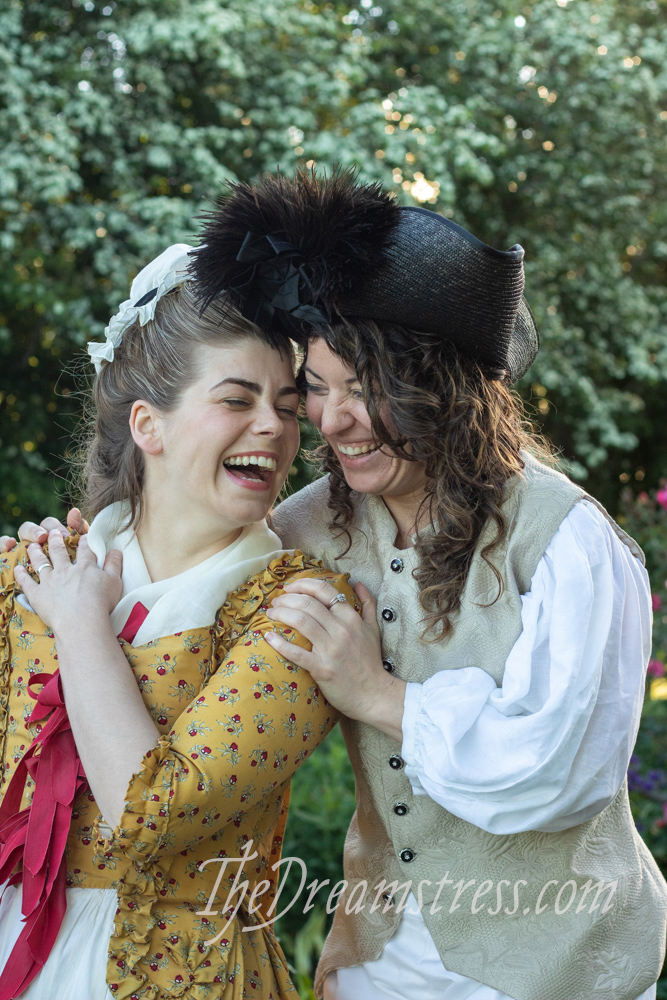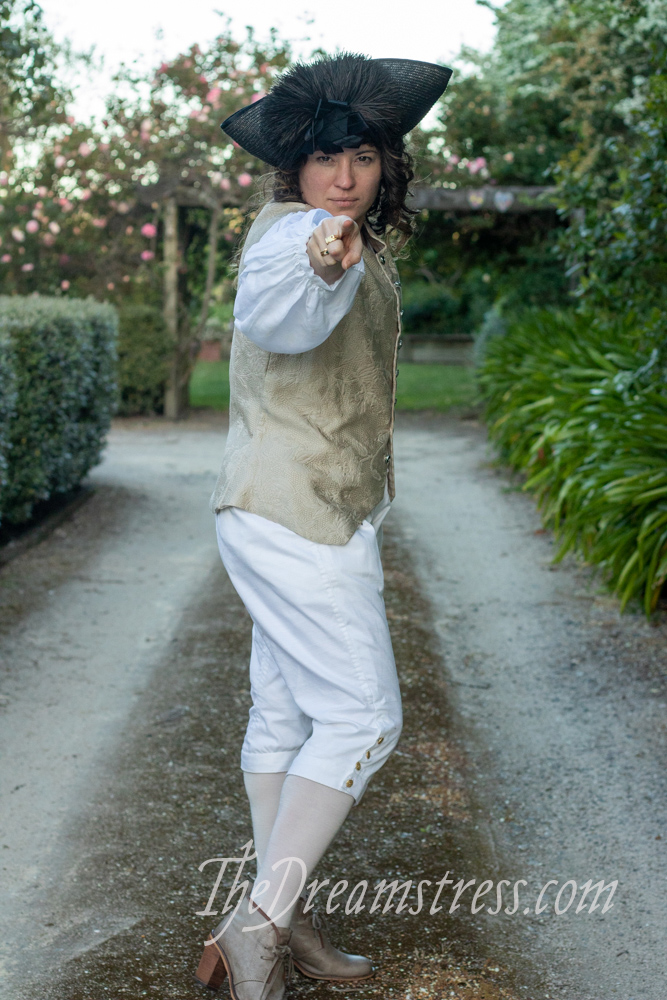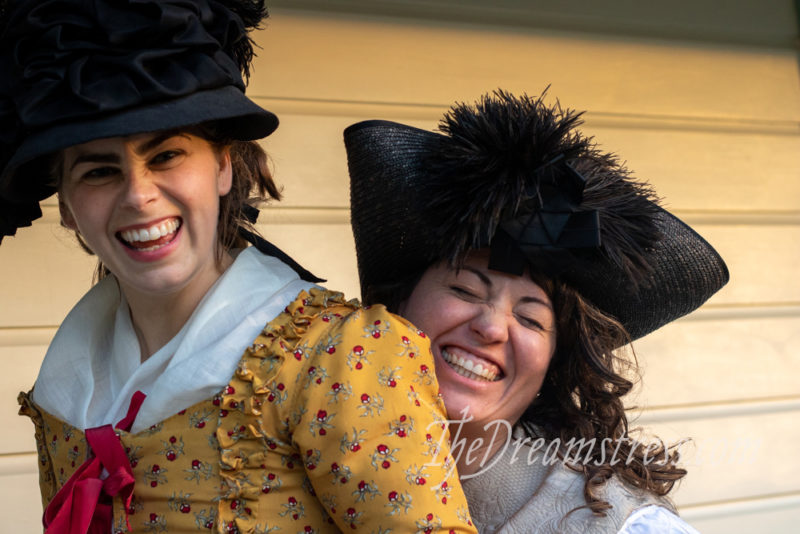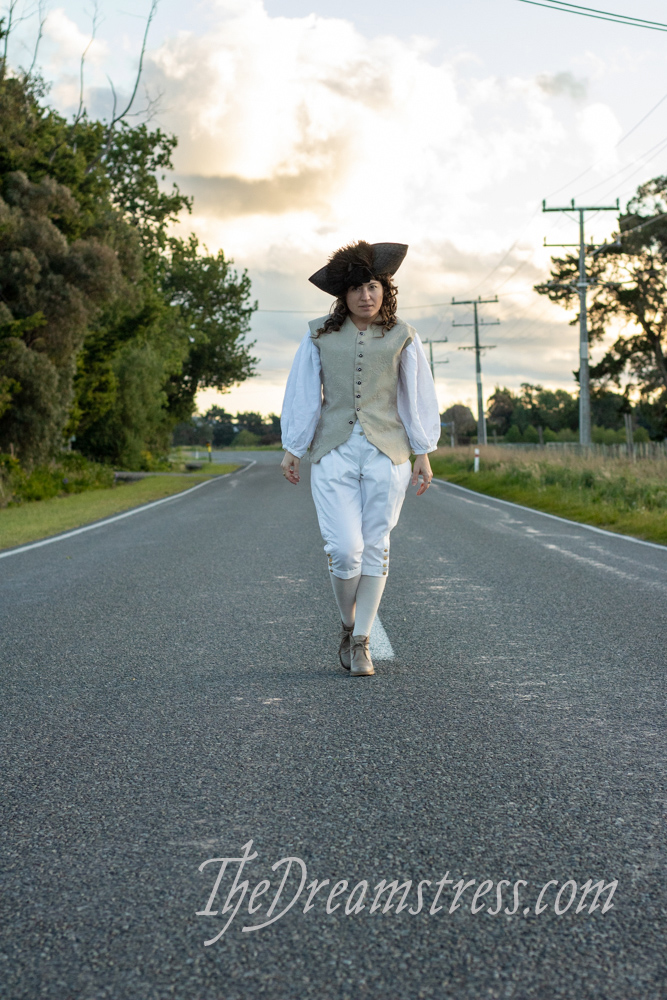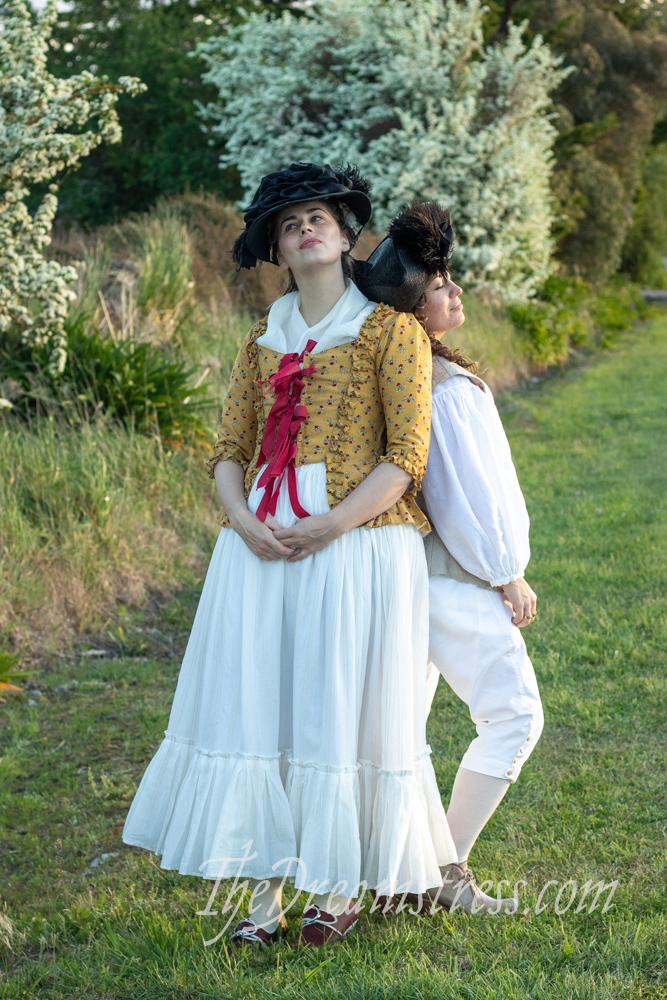Last week it was Georgian shenanigans in the Wairarapa, this week we’re up to Rococo ridiculousness right here in Wellington!

These photos are proof that sometimes taking things seriously definitely isn’t the right way to go.
When Nina and I scheduled our francaise photoshoot with her photographer friend Leon of @apped_as I wanted photos in the gardens with the spring rengarenga lily bloom. He wanted photos in the Wellington train station with its fabulous ceilings.
So, we did both!
The serious costume photos? Eh, they are OK. I’m stiff and posed, and you can tell we’re very cold.
My favourite photos? The ones where we’re just being silly and playing with the preposterousness of our Francaise and the modern world interacting.




And my absolute favourite photos? Those happened after we’d spent a bunch of time freezing our paniers off standing in front of the open doors of the train station so Leon could catch our dresses billowing in the wind. We were cold and tired and hungry, and still had to take garden pictures.
But you know what the Wellington train station has?
A supermarket!

Drinks and chocolate to the rescue!
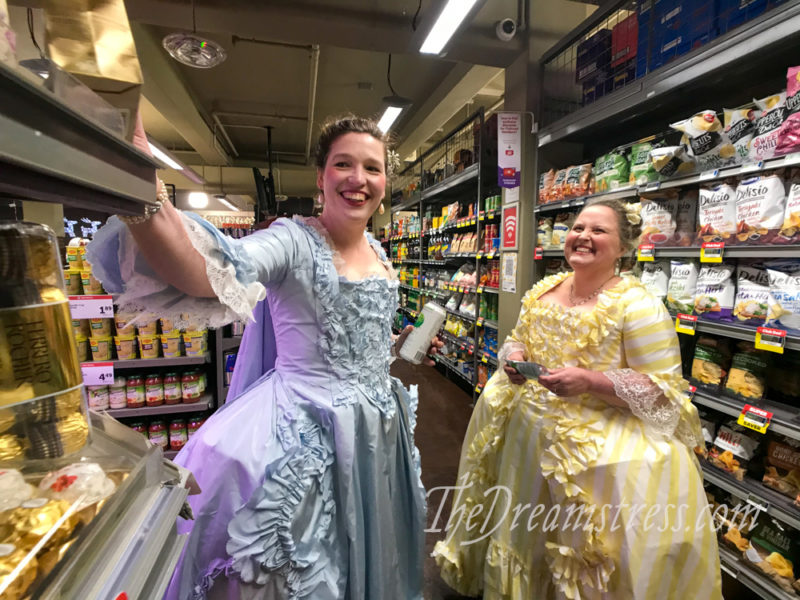
What are paniers for if not to fill with chocolate?


Did we bemuse the other shoppers and staff? Umm…yeah… But this is Wellington, so everyone just pretended that they were much too cool and cosmopolitan to be surprised by two ladies in full 18th century regalia stocking up on coconut water and Whittakers!
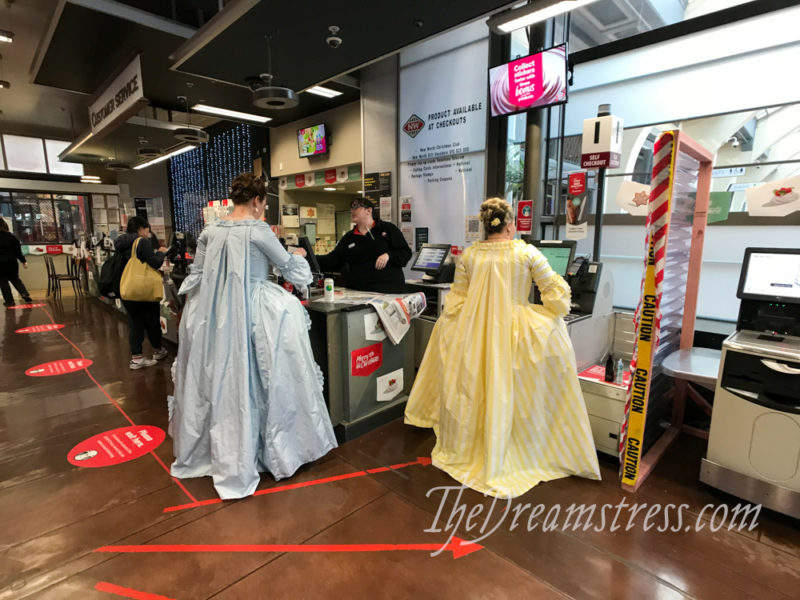
So they basically ignored us. Except for the little girl who wanted to know if we were princesses…
I told her we were even better – we were teachers and costumers! (I’m not sure she was convinced).

All photos by Leon, colour balance and post-processing by me.


